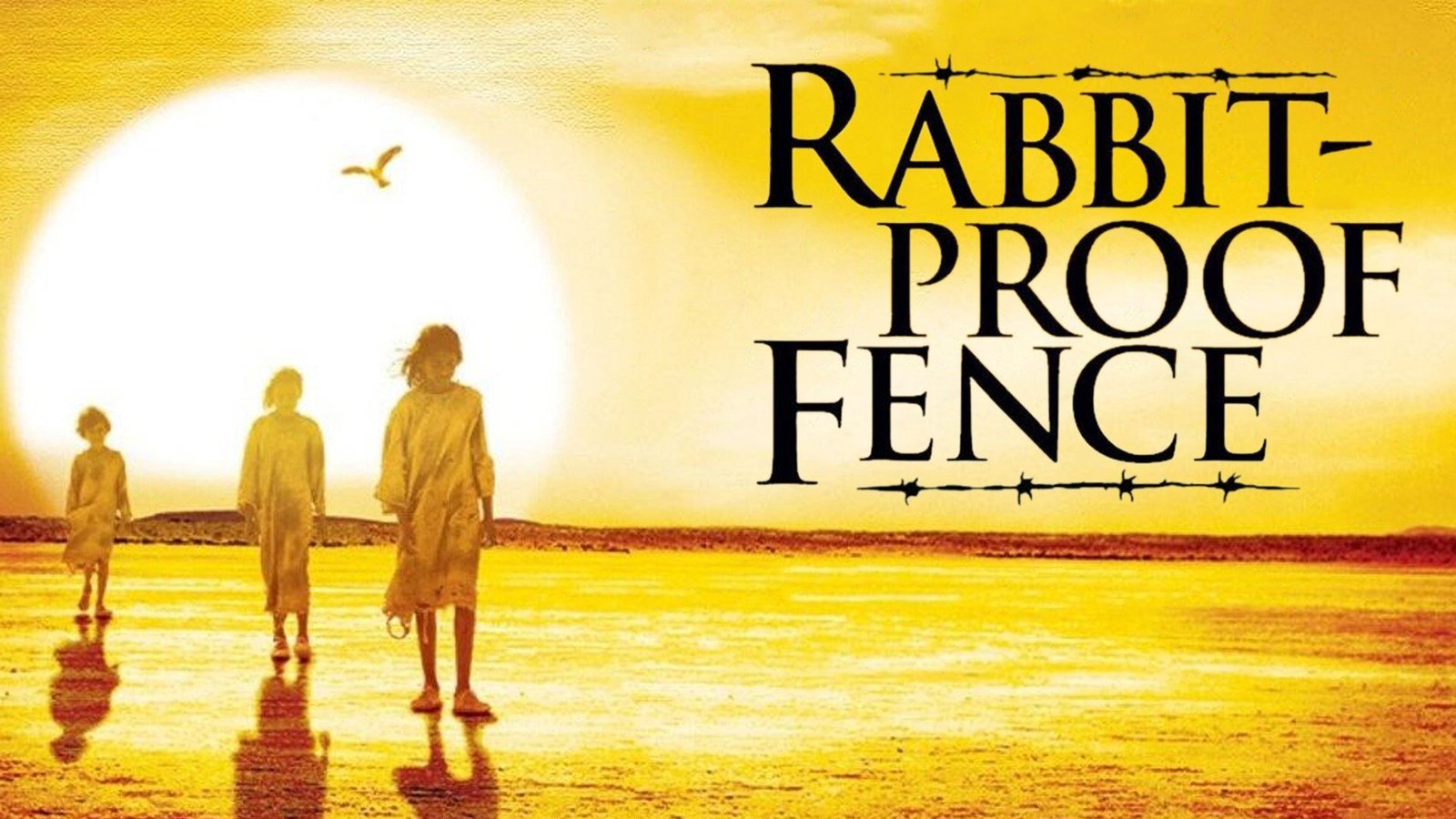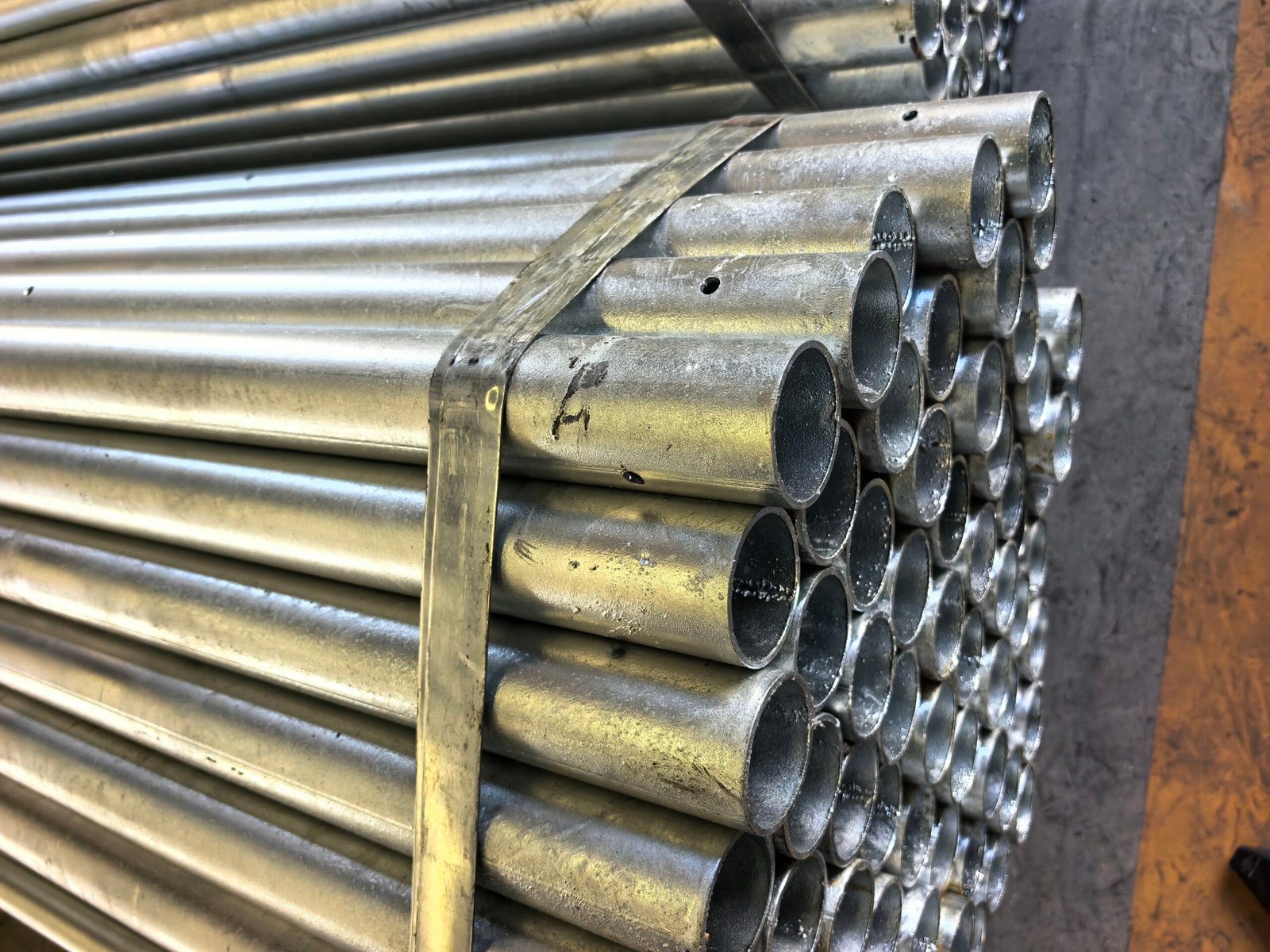Table of Contents
ToggleOverview of ‘Rabbit-Proof Fence’
‘Rabbit-Proof Fence‘ is a thought-provoking film that delves into the historical injustices faced by indigenous peoples. This cinematic piece, directed by Phillip Noyce and released in 2002, is based on the true story of three Aboriginal girls who escape from a government settlement to return to their families. The film is set in Australia during the early 20th century, highlighting the oppressive policies intended to assimilate Aboriginal children into white Australian society. Although not a Colombian film, its themes resonate universally, reflecting broader issues of cultural identity, displacement, and resilience that are similarly found in Colombian cinema.
The narrative follows the journey of Molly, Daisy, and Gracie as they endeavor to navigate the harsh Australian landscape, pursuing freedom against overwhelming odds. Emphasizing themes of family, belonging, and survival, ‘Rabbit-Proof Fence’ effectively employs a linear narrative interspersed with flashbacks that serve to enrich the characters’ backstories and deepen the viewer’s emotional engagement. The protagonists symbolize endurance and hope, embodying the struggles of many indigenous groups across the globe, including in Colombia, where cultural preservation remains a salient issue.
This film utilizes various storytelling techniques that elevate its impact, including stunning cinematography that captures the Australian backdrop and a haunting score that underscores the emotional stakes of the girls’ journey. Such artistic choices foster a connection with the audience, prompting reflection on the historical atrocities committed against Aboriginal communities and paralleling the colonial narratives often depicted within Colombian narratives. This connection invites discussions about identity, cultural survival, and the significance of reclaiming one’s heritage, themes that continue to resonate in contemporary discourses surrounding post-colonial societies.
The Role of Metal Fencing in the Film
In the film ‘Rabbit-Proof Fence,’ metal fencing emerges as a profound symbol that encapsulates various themes of separation and confinement. This physical representation frequently appears throughout the narrative, serving as a stark reminder of the barriers faced by the characters, which resonates deeply with the sociopolitical landscape of Colombia. The metal fence not only defines borders but also signifies the emotional and psychological boundaries that the characters must navigate.
The characters’ experiences are profoundly shaped by the presence of this fencing. For instance, during pivotal moments in the film, the protagonists’ attempts to venture beyond the confines of the fence illustrate their yearning for freedom and autonomy. The metal fencing acts as a physical manifestation of the institutional barriers imposed by society, which can easily stifle individual aspirations and freedoms. This sentiment is particularly poignant as it reflects the broader struggles faced by marginalized communities in Colombia, highlighting themes of oppression and the fight against systemic injustices.
Moreover, the aesthetic choice of metal fencing serves to visually separate the characters from the world around them, enhancing the emotional weight of their journey. The harsh metallic structure contrasts starkly with the natural landscape of Colombia, emphasizing the brutality of their confinement. In several scenes, the characters’ interactions with the fence illustrate their inner turmoil, demonstrating how this symbol is inseparable from their identity and experiences. As the narrative unfolds, the metal fencing becomes a powerful metaphor for societal constraints, reinforcing the overarching message of resilience amid adversity.
Ultimately, the portrayal of metal fencing in ‘Rabbit-Proof Fence’ conveys a significant commentary on the barriers individuals face within the socio-political environment of Colombia. Through its inclusion in the film, the fencing not only enhances the narrative but also invites viewers to reflect on broader themes of division and the pursuit of liberation.
Comparative Analysis with Other Colombian Films
The theme of metal fencing and its symbolic significance is not exclusive to ‘Rabbit-Proof Fence’ but resonates throughout various notable Colombian films. A prominent example is ‘La Sociedad del Semáforo’ which similarly employs barriers to illustrate socio-political conflicts and personal identity struggles within urban environments. The metal fencing in this film serves as a powerful metaphor for the socio-economic divides that characterize Colombian society, emphasizing the stark contrast between the affluent and the marginalized. Such motifs, prevalent in Colombian cinema, underscore the ongoing conflict between individual aspirations and systemic barriers.
Another film that warrants attention is ‘Los Viajes del Viento,’ which uses the motif of enclosures to represent cultural identity and the quest for belonging. In this narrative, the protagonist’s journey is framed by physical and metaphorical fences that embody the restrictions imposed by tradition and societal expectations. The persistent imagery of fencing throughout these works signals an underlying theme prevalent in Colombian storytelling: the struggle against confinement, whether it be social, psychological, or geographic.
Moreover, films like ‘El Abrazo de la Serpiente’ also encapsulate similar motifs, where the symbolism of barriers reflects historical tensions and the clash of cultures in Colombia. The interplay between individuals and these physical manifestations of division speaks volumes about the historical backdrop of violence and social stratification in the country. The recurring imagery of fences serves not only to define space but also enacts a narrative of conflict and resolution, providing a vital commentary on the fractured identity of a nation.
By comparing ‘Rabbit-Proof Fence’ to these examples, we observe that the symbolism of metal fencing serves as a conduit for exploring broader themes of conflict, history, and identity within Colombian cinema. These recurring elements provide audiences with a deeper understanding of the complex dynamics that shape Colombian narratives and the cultural significance encapsulated within these cinematic works.
Impact and Legacy of ‘Rabbit-Proof Fence’
‘Rabbit-Proof Fence’ has left an indelible mark on Colombian culture and cinema, stimulating dialogue around crucial social issues and historical memory. Through its powerful narrative and poignant symbolism, the film has resonated with audiences, compelling them to confront the complexities of cultural identity, colonialism, and the ongoing ramifications of historical injustices. The film cleverly employs metal fencing as a metaphor, symbolizing the barriers that separate communities, families, and identities. This symbolism has become a significant reference point in discussions about marginalization and the struggles for representation within Colombian society.
In Colombia, where social stratification and issues related to displacement remain prevalent, the themes presented in ‘Rabbit-Proof Fence’ have catalyzed public discourse. Filmmakers and audiences alike are inspired by the film’s emotional depth and thought-provoking messages, utilizing similar theme explorations in their own works. The film established a precedent for how cinema can be leveraged to address important societal topics, encouraging creators to explore narratives that speak to collective experiences of trauma and resilience.
The influence of ‘Rabbit-Proof Fence’ can also be seen in various Colombian films and artistic expressions that tackle historical narratives and marginalized voices. By introducing themes related to identity conflict and sociopolitical issues, the film has prompted a new generation of filmmakers to craft stories that resonate with local communities while contributing to broader discussions on human rights. Moreover, its emphasis on the significance of historical memory has encouraged audiences to reflect on their past, promoting a culture of remembrance that is vital for healing and reconciliation. The legacy of ‘Rabbit-Proof Fence’ thus extends beyond entertainment; it actively participates in shaping cultural consciousness and understanding within Colombia.





